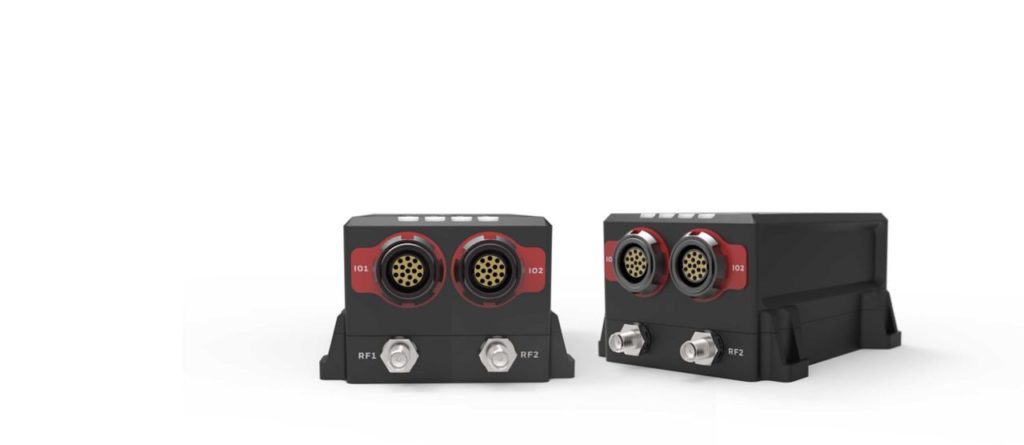Inertial navigation systems are an integral part of AV operations, enabling vehicles to continue navigating their surroundings even in the event of a GPS blackout.
With this in mind, US-based firm Honeywell has introduced its HGuide n380, a new inertial navigation system that communicates position, orientation and velocity of an object — such as an autonomous vehicle or unmanned aerial vehicle (UAV) — even when GPS signals are unavailable. The company said it is smaller, lighter and lower-priced than previous Honeywell inertial navigation systems.
“We recognized a need for a small, high-performance inertial navigation system in areas like 3D mapping, surveying and other applications where space is at a premium and performance cannot be compromised,” said Chris Lund, offering management senior director, navigation and sensors, Honeywell Aerospace.
“We responded by developing the HGuide n380 inertial navigation system, which provides our customers with proven, cost-effective inertial sensor technology, created for aerospace applications, but that can be integrated into almost any architecture.”
This new inertial navigation system is composed of Honeywell’s HGuide i300 inertial measurement unit (IMU), a global navigation satellite system (GNSS) receiver and its proprietary sensor fusion software, which is based on the algorithms used for navigation on millions of aircraft every day.
Inputs from these components are fused together to determine position, orientation and velocity to deliver critical navigation information even in areas where a satellite signal is degraded or altogether unavailable, such as canyons, bridges, tunnels, mountains, parking garages or dense forests.


